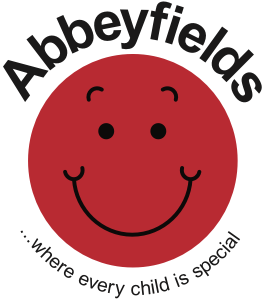Spellings
Spellings will be given out in the first week of each half-term. There are usually 30 words of increasing complexity and each child will have a target so that the level of challenge can be matched to their needs. Words will include high frequency words and topic words as well as National Curriculum suggested spelling patterns. The last week of each half term is often a recap where we will pick a random selection of the words learnt to see how well these have been remembered before moving on in the following half-term.
Click here for spelling homework.
Reading
We would like children to read at home, for approximately ten minutes, on as many days of the week as possible. Children and parents should record the book title and page number, and may also wish to add a comment about how well the child read, commentary on what is happening in the story, or a question or prediction about the story. We ask parents to sign planners each week and we will also check your comments, use the number of times read in our rewards system, and add our own signatures every Friday.
Other homework
We will set an optional, written piece of homework each Friday. This will vary between English, Maths and cross curricular work in another subject. Work will be a practice of, or preparation for, work being covered in class, and should be returned by Wednesday of the following week. Children will not be told off or disadvantaged if the homework is not completed, so there is no need for your child to worry or you to apologise. However, when homework is returned, children will be praised and will of course benefit from the additional practice it gives them.
In addition, we welcome children doing their own research on ongoing topics which could be internet based, and we will use www.school360.co.uk at school, with activities that can be followed up at home. We will also use www.sumdog.co.uk and reward the children for use of both websites with points on School 360. Please check your child’s planner for user names and passwords, and also for their personal targets on p118 as there may be areas such as handwriting or punctuation that you could also help them with at home.
Click here for maths homework.
Click here for Swaledale homework.
Y4 snowy day activities
Literacy
Look outside at a snowy scene – or better still, go for a walk to experience the sights, sounds and temperature of a snowy day. Can you write a poem or prose description of what you see using similes and metaphors?
Simile = saying something is like or as something else, for example “as cold as ice” or “the snowman looked like a white postbox.”
Metaphor = saying something actually is something else, for example “a white blanket covered the garden.”
Getting started: write a list of objects and what they remind you of, for example
Snow – a blanket, a sheet of paper …
Icicles – sharp knives, pointed teeth …
Remember – a poem does not need to rhyme, it does need to say something interesting!
Maths (creative problem solving)
Draw some simple snowmen outlines, each with body, head and hat. Think of 3 features such as a pair of eyes, a carrot nose, and a few buttons. You can have one, two or all three of these features on each snowman, but make them all different. How many snowmen can you create? Have a guess before you start then work methodically to find out. Now can you work out how many snowmen you could make if you used 4 features (add a scarf) or even 5 (twigs for arms)?
More Maths (measures, data and numbers)
You could find the temperature in your home or garden, and keep a record or follow the weather forecast to find the minimum and maximum temperature each day, then put the results on a graph. You will need minus numbers (below zero) as well as positive numbers.
Science
Collect some snow in a container and wait for it to melt. Estimate how quickly it will melt (depending on where you keep it!) Measure the snow before and after it melts. You could measure the height in cm or the quantity in litres. What do you notice?
Nature
Look after our garden birds. Can you put out some seeds or fat balls to feed them? Can you identify the birds that you attract? Look at RSPB and search for “bird identifier” to find the names of birds you see in your garden. Maybe you can find a picture online, draw a bird or photograph it. If you get a good photo of frost patterns, snow on branches, or wildlife you could enter it in the BBC North East weather competition – google “bbc weather pictures” to see some entries and find out how to upload your own.
French
Draw a snowy day picture and label it in French! Here are some words to start you off:
- la neige (nezh) = snow
- le traineau (trennoh) = sledge
- le flocon (flocko) = snowflake
- le bonhomme de neige (bonnom duh nezh) = snowman.
Look at Word Reference or google “French vocabulary” for clothes / weather etc for further words.

